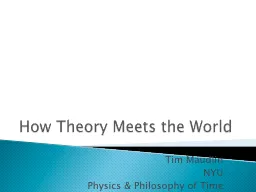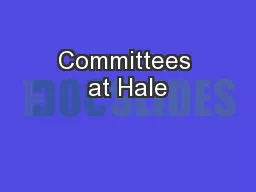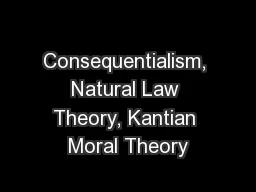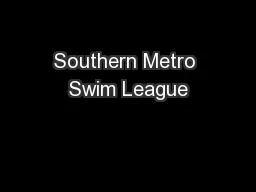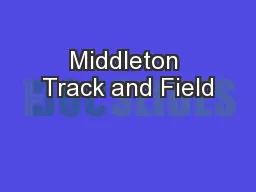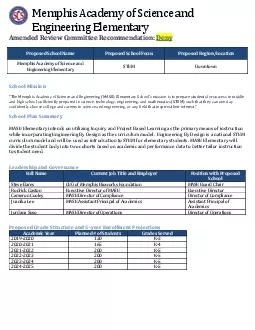PPT-How Theory Meets the World
Author : alexa-scheidler | Published Date : 2016-05-29
Tim Maudlin NYU Physics amp Philosophy of Time Physics is supposed to be an empirical theory ie a theory that can be tested against empirical data Fundamental physics
Presentation Embed Code
Download Presentation
Download Presentation The PPT/PDF document "How Theory Meets the World" is the property of its rightful owner. Permission is granted to download and print the materials on this website for personal, non-commercial use only, and to display it on your personal computer provided you do not modify the materials and that you retain all copyright notices contained in the materials. By downloading content from our website, you accept the terms of this agreement.
How Theory Meets the World: Transcript
Download Rules Of Document
"How Theory Meets the World"The content belongs to its owner. You may download and print it for personal use, without modification, and keep all copyright notices. By downloading, you agree to these terms.
Related Documents

